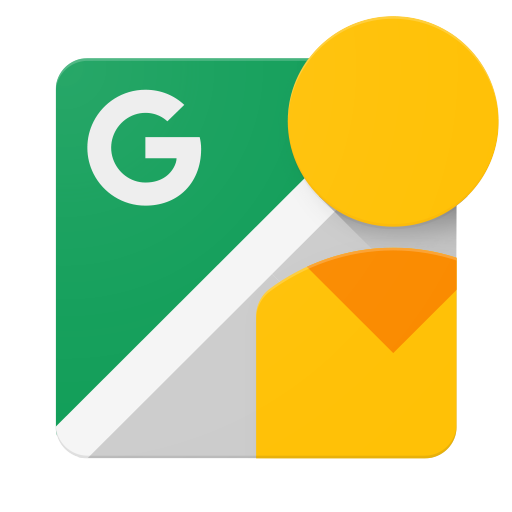Google Street View Publish API에 대한 모든 요청은 인증을 받아야 합니다. 새 이미지가 업로드되면 인증된 사용자의 Google 계정으로 표시됩니다.
애플리케이션에서 Google Street View Publish API로 전송하는 모든 요청에는 승인 토큰이 포함되어야 합니다. Google은 이 토큰을 사용하여 애플리케이션을 식별합니다.
승인 프로토콜 정보
요청을 승인하려면 애플리케이션에서 OAuth 2.0을 사용해야 합니다. 다른 승인 프로토콜은 지원되지 않습니다. 애플리케이션에서 Google 계정으로 로그인을 사용하는 경우, 승인의 일부 절차는 자동으로 처리됩니다.
OAuth 2.0을 사용하여 요청 승인하기
Google Street View Publish API에 대한 모든 요청은 인증된 사용자의 승인을 받아야 합니다.
OAuth 2.0의 세부적인 승인 절차('흐름')는 제작 중인 애플리케이션 종류에 따라 약간씩 다릅니다. 다음의 일반적인 과정은 모든 애플리케이션 유형에 적용됩니다.
- 애플리케이션을 만들 때 Google API 콘솔을 사용하여 애플리케이션을 등록합니다. 이렇게 하면 Google에서 클라이언트 ID 및 클라이언트 보안 비밀과 같이 나중에 필요한 정보를 제공합니다.
- Google API 콘솔에서 Google Street View Publish API를 활성화합니다. API 콘솔의 목록에 이 API가 없다면 이 단계를 건너뜁니다.
- 애플리케이션에서 사용자 데이터에 액세스해야 하는 경우 Google에 특정 액세스 범위를 요청합니다.
- Google에서 사용자에게 애플리케이션이 일부 데이터를 요청하도록 승인할 것인지 물어보는 동의 화면을 표시합니다.
- 사용자가 승인하면 Google에서 애플리케이션에 제한 시간이 있는 액세스 토큰을 제공합니다.
- 애플리케이션에서 액세스 토큰을 첨부하여 사용자 데이터를 요청합니다.
- Google에서 요청과 토큰이 유효하다고 판단하면 요청된 데이터를 반환합니다.
일부 흐름에는 새로운 액세스 토큰을 얻기 위해 갱신 토큰을 사용하는 등의 추가 단계가 포함됩니다. 다양한 유형의 애플리케이션에 적용되는 흐름을 자세히 알아보려면 Google의 OAuth 2.0 문서를 참조하세요.
다음은 Google Street View Publish API에 대한 OAuth 2.0 범위 정보입니다.
| 범위 | 의미 |
|---|---|
https://www.googleapis.com/auth/streetviewpublish |
읽기/쓰기 액세스 |
OAuth 2.0을 사용하여 액세스를 요청하려면 애플리케이션에 범위 정보와 함께 애플리케이션 등록 시 Google에서 제공하는 정보(예: 클라이언트 ID, 클라이언트 보안 비밀)가 필요합니다.
팁: Google API 클라이언트 라이브러리가 사용자를 대신하여 일부 승인 과정을 처리할 수 있습니다. 이러한 라이브러리는 다양한 프로그래밍 언어로 제공됩니다. 자세한 내용은 라이브러리 및 샘플 페이지를 참조하세요.

